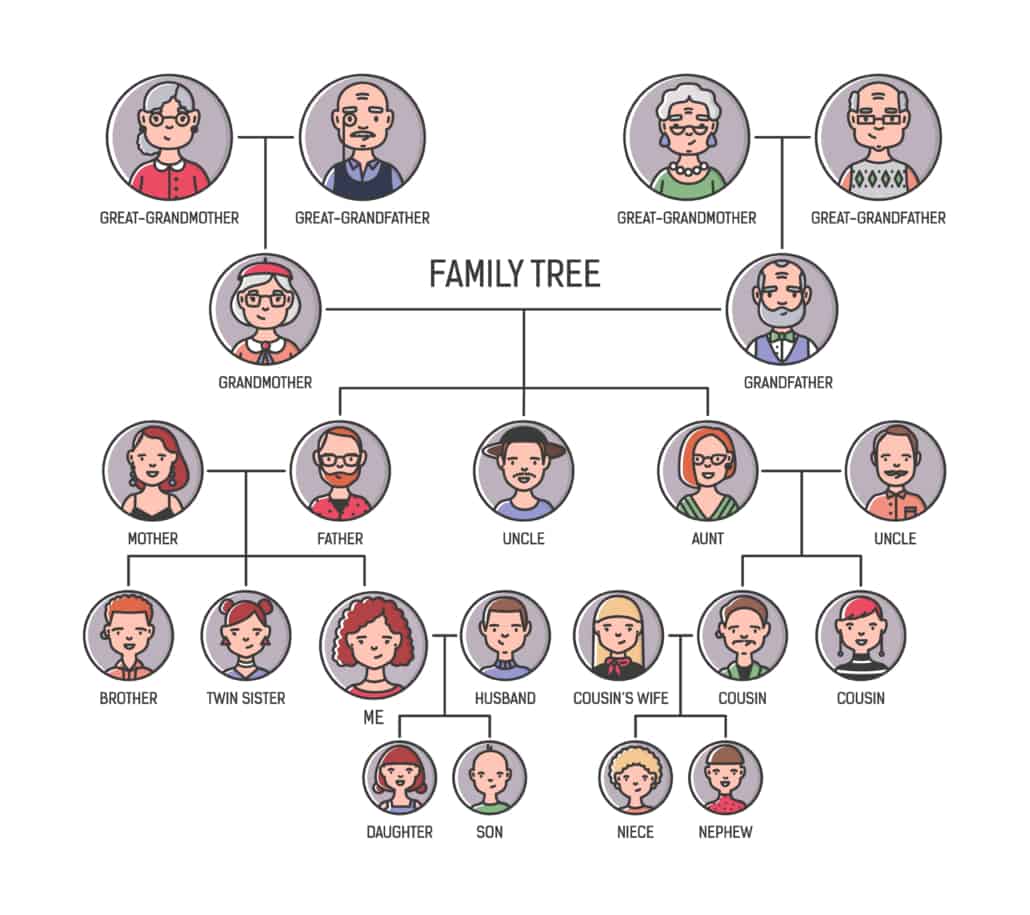Striving for the “All AND Nothing” Inheritance
So Much Better Than “All OR Nothing”
I’ve written around 500 blogs over the past decade, and sometimes I convince myself that I’ve shared all the gems I’ve ever heard, somewhere along the way.
And sometimes I find out I’ve missed some.
This past week, I was invited to be a guest on a podcast, and the host asked me for three to five things that all parents strive for as they imagine the inheritance they will leave.
I quickly recalled a nice blog post that dealt with three of them, The “Family HUG” We’re All Looking For, and then began to wonder which two others I could suggest as a good complement to those.
“Oh, I know”, I thought to myself, “let me find that blog about David York’s ‘All or Nothing’ concept!”.
As you may’ve guessed, I realized that I’ve yet to write that one, even though this nugget goes back a couple of years for me.
So, belatedly, here we go.
A Familiar Resource Once Again
Maybe it’s because I’ve shared York’s wisdom before, notably here: Great Expectations in Enterprising Families and Family Wealth Dynamite: One Stick or Two?, among others.
The “One or Stick Two” part of the dynamite one was probably what fooled me into thinking I’d already shared this week’s take-home message here.
Nevertheless, when you know of a thought leader like York, who shares good stuff regularly (and not just the same stuff over and over again), you know that you have someone worth paying continued attention to.
Just make sure you credit them for their ideas, and don’t try to claim them as your own; because this is a relatively small world, .
So, after all this build-up, I must be building up to something worthwhile, right?
They Can Handle It All
The first half of York’s two-part inheritance scenario is familiar to many.
Parents who have accumulated significant wealth will often worry about the capacity of their heirs to “handle” everything that they might possibly inherit.
As I wrote here, in Who Messes Up What, Or What Ruins Whom, they don’t want their offspring to screw up the wealth, and they also don’t want the wealth to screw up their family members.
Many professionals who advise such families have heard these concerns ad nauseam, to the point where an entire industry has sprung up to provide hundreds of structural “solutions” to this dilemma.
However, according to York (and other enlightened advisors), these parents should be working towards making sure that they have raised their offspring to be able to handle all of their wealth.
Wouldn’t it be nice to know that after you’re gone, the wealth you leave your heirs will be well taken care of, because you raised them to be capable stewards?
Sounds Great. Okay, What’s Part 2?
And, if you do prepare your offspring to be able to handle the wealth that you plan to leave them, there’s actually an important side effect.
Chances are good that those who’ve been raised this way would actually also do just fine if ever you decided to leave them nothing.
That’s the second part of this, in case you hadn’t already guessed it.
Everyone thinks wealth is all about the money, but it’s really all about the people. Wealth comes and goes, sometimes remarkably quickly, in families.
The difference is rarely about the size of the pile, it’s more about the people entrusted to look after it.
Preparing Them for Either Scenario Is the Same
What if you did leave them nothing?
Let’s be clear, this is not a suggestion that you not leave anything to your heirs, that’s not it at all.
People do that for various reasons, and some famous ultra-wealthy people have publicly stated their plans to leave modest sums to their progeny. That’s a whole other discussion, perhaps for another post.
My point is that raising your offspring to be self-sufficient and independent is something everyone should strive for, regardless of how much financial wealth is at stake.
If they’re prepared to receive nothing, they’ll also likely be prepared to handle everything.
Which One Should You Aim For?
This is a bit of a “chicken and egg” question, which makes it intriguing.
If you have significant wealth, being concerned that it’ll be too much to handle is normal, so parents sometimes resort to warning their children that they’ll get nothing.
Preparing them for nothing AND for everything will probably work out better.
Either that or preparing them for everything AND nothing.
Go for AND, not OR.




